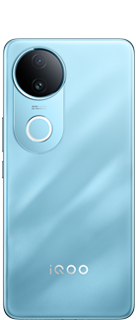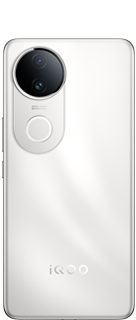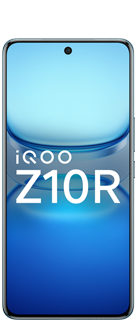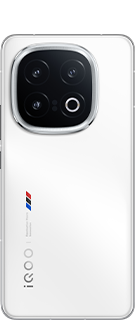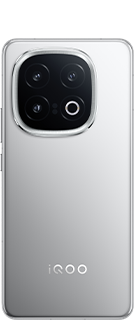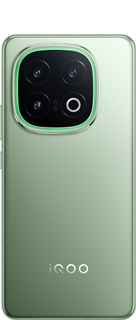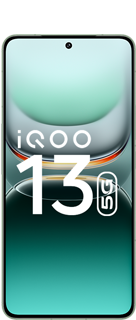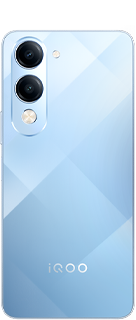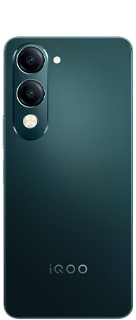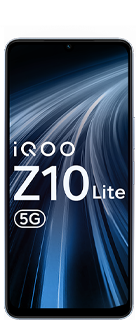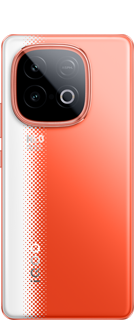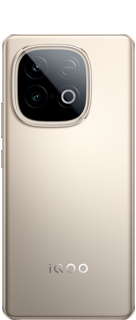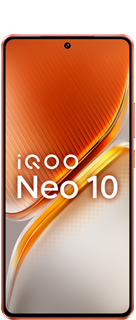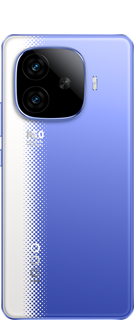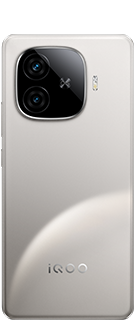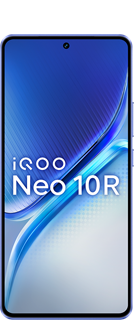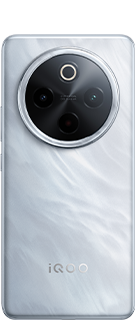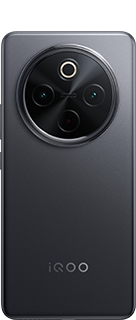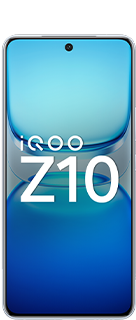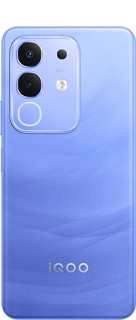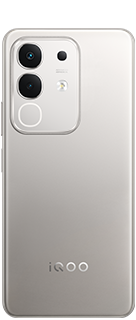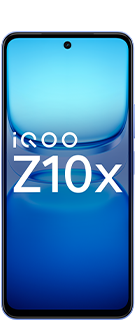Digital Zoom vs Optical Zoom: Understanding Smartphone Camera Systems 📱📸

Smartphones have become our go-to devices for photography, replacing traditional cameras for many users. One of the most crucial features of any smartphone camera is its zoom capability. But when it comes to zoom, there are two primary types to consider: Digital Zoom and Optical Zoom. Understanding the difference between these two types of zoom is essential for making informed choices when purchasing a smartphone or when taking the perfect shot.

What is Digital Zoom?
Digital Zoom is a software-based zooming technique where the camera digitally enlarges a portion of the image to make the subject appear closer. It works by cropping the photo and then using algorithms to upscale it back to the original resolution. Essentially, the camera software is "guessing" what the pixels should look like to fill in the gaps, which often results in a loss of detail and clarity.
How Digital Zoom Works:
- The camera captures an image at its full resolution.
- When you zoom in digitally, the software crops the photo to focus on the selected area.
- The camera then stretches or interpolates the cropped image back to the original size, often resulting in pixelation and a reduction in image quality.
Digital Zoom is a quick and easy way to get a closer view of distant subjects without moving physically closer. However, the downside is that image quality degrades as the level of zoom increases. The more you zoom in, the more you lose in terms of sharpness, detail, and overall clarity.
What is Optical Zoom?
Optical Zoom, on the other hand, is a hardware-based zooming technique. It involves adjusting the lens's focal length to magnify the image. Optical zoom brings the subject closer without losing any image quality because the lens captures the scene from a closer perspective, unlike digital zoom, which merely crops and enlarges the photo.
How Optical Zoom Works:
- Optical zoom uses moving lens elements within the camera to change the focal length.
- When you zoom in, the lens adjusts its position to bring distant subjects closer while maintaining the camera sensor's full resolution.
- As a result, the image remains sharp and detailed, even when zoomed in, as no digital manipulation is involved.
In smartphone cameras, optical zoom is achieved through multiple lenses of different focal lengths. For example, many modern smartphones have a combination of wide-angle, ultra-wide, and telephoto lenses. The telephoto lens is responsible for optical zoom, allowing the user to zoom in on distant objects without compromising image quality.
Digital Zoom vs. Optical Zoom: Key Differences

How Do They Work Together in Smartphone Camera Systems?
Many modern smartphones incorporate both digital and optical zoom to provide users with more versatile zooming capabilities. Here’s how they typically work together:
- Hybrid Zoom: Some smartphones use a combination of both digital and optical zoom, often marketed as "hybrid zoom." For example, a phone may have a 3x optical zoom, which can seamlessly transition to a 10x hybrid zoom by combining optical zoom with digital zoom techniques. This approach allows for extended zoom ranges while retaining decent image quality up to a point.
- Multi-Lens Systems: High-end smartphones often feature multiple lenses with varying focal lengths, such as a wide-angle, ultra-wide, and telephoto lens. By switching between these lenses, the camera can provide optical zoom capabilities (e.g., 3x, 6x, or even 10x zoom), and then use digital zoom beyond those limits.
- AI and Computational Photography: To further enhance digital zoom, modern smartphones use AI and computational photography techniques to reduce noise, improve sharpness, and fill in details when digitally zoomed in. Some smartphones even use super-resolution algorithms to produce clearer and more detailed zoomed-in photos.

Which is Better for You?
Choosing between digital and optical zoom depends on your needs and preferences:
- Optical Zoom: Ideal for photography enthusiasts who want high-quality, detailed shots without loss of clarity. If you frequently shoot distant subjects, such as wildlife or landscapes, opt for a smartphone with a good optical zoom range.
- Digital Zoom: Suitable for casual photography when convenience is more important than image quality. Digital zoom is a good option for those quick snaps where carrying a DSLR or mirrorless camera isn't feasible.
Overall
While both digital and optical zoom have their pros and cons, the current trend in smartphone camera technology is towards improving both aspects with advanced software and hardware integrations. If you want to capture high-quality, zoomed-in shots without sacrificing detail, go for a smartphone with a good optical zoom capability. However, for everyday photography, digital zoom enhanced by computational techniques can still deliver impressive results. Understanding the difference will help you make the most out of your smartphone's camera and capture those memorable moments in the best possible way.
Follow For More Informative Threads@NITIN
Nitin Panwar
Moderator
Please sign in
Login and share
